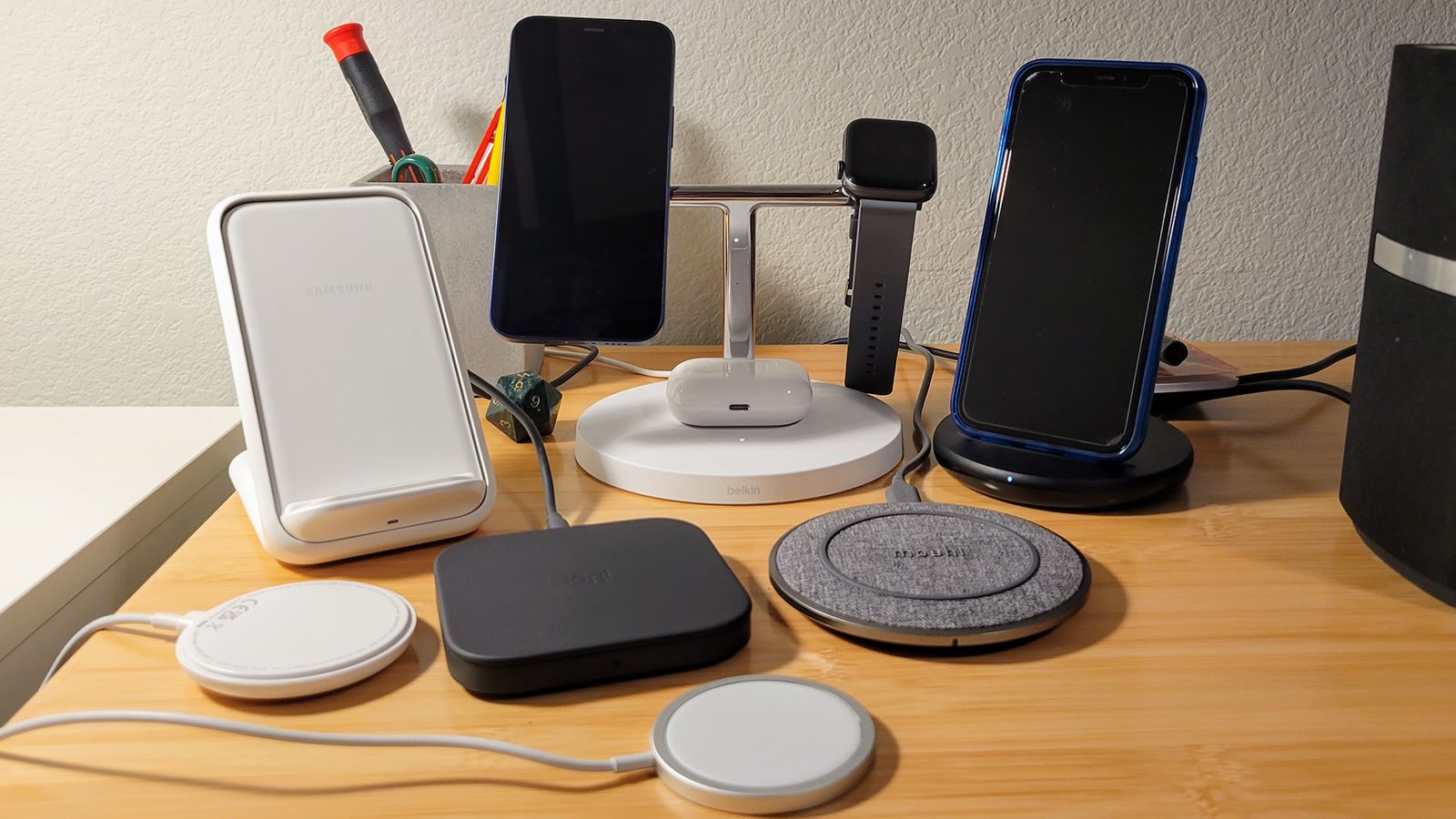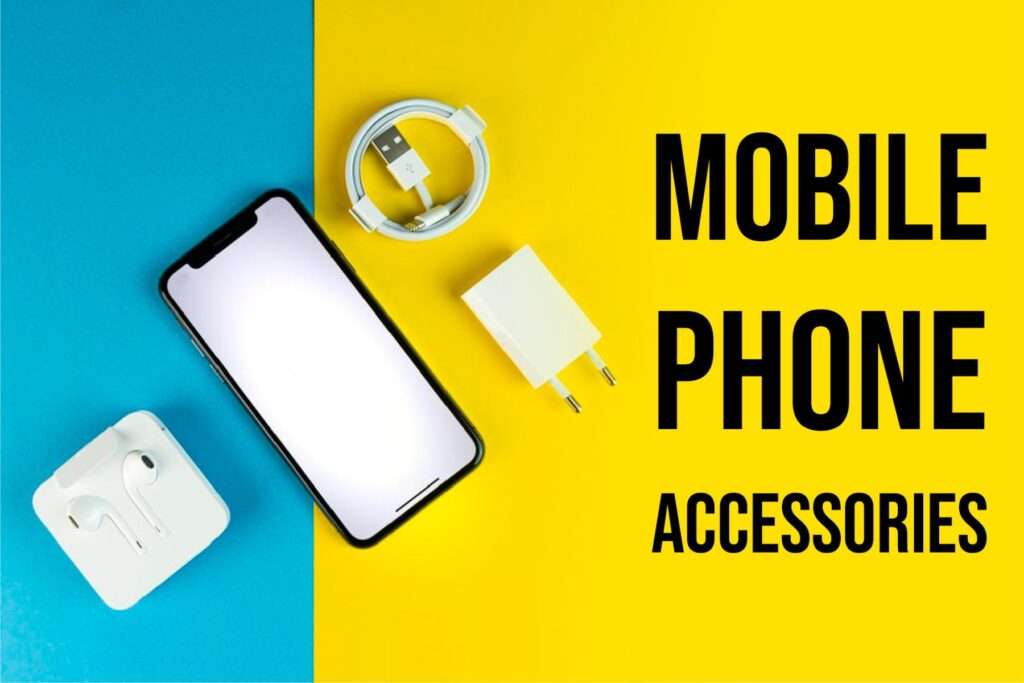
Why Wireless Charging is Slower than Cable?
In our fast-paced world, where convenience is king, wireless charging has emerged as a popular alternative to traditional cable charging. While it offers a tangle-free experience and the allure of the latest technology, many users have noticed that wireless charging tends to be slower than its wired counterpart. But why is this the case? Let’s delve into the science behind wireless charging and uncover the reasons for its slower speed.
Understanding Wireless Charging
Wireless chargers, also known as inductive charging, utilize electromagnetic fields to transfer power from a charging pad to a compatible device. This process involves two main components: a transmitter (the charging pad) and a receiver (the device being charged). When the device is placed on the charging pad, an alternating current passes through the transmitter coil, generating a magnetic field. This magnetic field induces a current in the receiver coil, which is then converted into direct current to charge the device’s battery.
Advancements Towards Faster Wireless Charging
Additionally, the current state of wireless charger technology also limits its speed compared to cable charging. As the demand for faster charging solutions grows, researchers and manufacturers are actively working to address these limitations through innovations such as higher power output, improved coil designs, and enhanced thermal management systems. With ongoing advancements in the field, we can anticipate a future where wireless charging becomes even more efficient and competitive with cable charging, offering users the best of both worlds: convenience and speed.
Factors Contributing to Slower Charging Speeds
Factors contributing to slower charging speeds in wireless chargers include energy loss due to resistance in coils, the necessity for precise alignment and proximity between the device and charging pad, lower power output compared to wired chargers, and the generation of heat during the charging process, necessitating thermal management strategies that may slow down the charging rate.
1- Energy Loss
One of the primary reasons for slower wireless chargers speeds. During the transfer of power from the charging pad to the device, some energy is lost as heat due to resistance in the coils and other components. This energy loss reduces the overall efficiency of the charging process, resulting in slower charging times compared to cable charging, where energy loss is minimal.
2- Distance and Alignment
Unlike cable charging, which provides a direct and consistent connection between the charger and the device, wireless charging relies on proximity and alignment. For optimal charging efficiency, the device must be placed directly on the charging pad and aligned with the transmitter coil. Any misalignment or distance between the two can reduce the effectiveness of the charging process and prolong charging times.
3- Power Output
Wireless charging pads typically have lower power output compared to wired chargers. While advancements in wireless charging technology have led to higher power output in recent years, it still lags behind the capabilities of cable charging. Lower power output translates to slower charging speeds, especially for devices with larger batteries or higher power requirements.

Conclusion
While wireless charging offers unparalleled convenience and freedom from tangled cords, it comes with inherent limitations that result in slower charging speeds compared to cable charging. Factors such as energy loss, distance and alignment requirements, lower power output, and heat dissipation all contribute to the reduced efficiency of wireless charging. However, as technology continues to evolve, we can expect improvements in wireless charging speed and efficiency, bringing us closer to a future where wireless charging rivals its wired counterpart in both convenience and performance.





